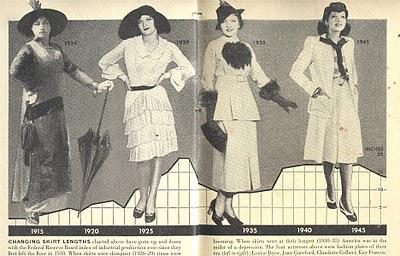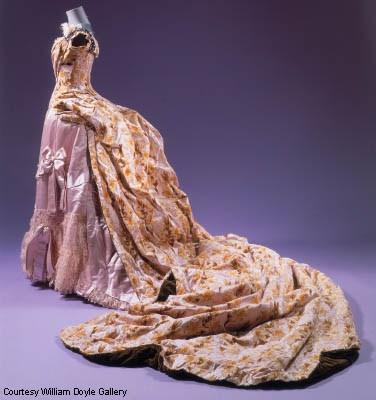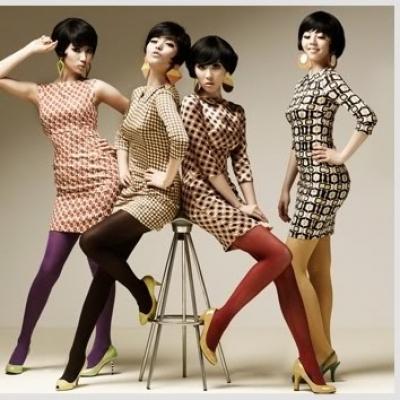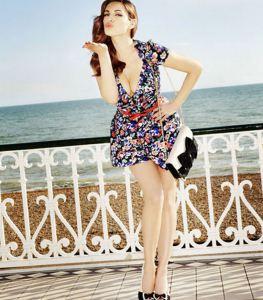When it comes to fashion many women just can’t get enough, from casual skater style dresses, to sleek body-con numbers, to cute everyday playsuits and pinafores, we love them all. The purpose of fashion is to make everyone feel unique and special, and much like art itself, it enables each and every person to express them selves differently, weather it is through colour, style or fashion accessories. But not many people really know how their favorite peaces came about, or about their history.

Modern fashion as we know it began in 1900, with the worlds first fashion house being that of Charles Frederick Worth, who was the first designer to have his label sewn into the garments that he created. Fashion design is the art of the application of design and aesthetics or natural beauty to clothing and accessories. The modern fashion industry, based around firms and fashion houses which are run by individuals, usually male designers, such as Mark Jacobs, Christian Dior, Domenico Dolce and Stefano Gabbana.

Worth was the first fashion designer who was not merely a dressmaker. Before the former draper set up his maison de couture in Paris, clothing design and creation was handled by largely anonymous tailors and seamstresses, and high fashion descended from styles worn at royal courts. Worth’s success was such that he was able to dictate to his customers what they should wear.
The period between World War I and World War II is often considered to be the Golden Age of French fashion as it was a period of great change and reformation. Carriages were replaced by cars, princes and princesses lost their crowns, and haute couture found new clients in the ranks of film actresses, American heiresses, and the wives and daughters of wealthy industrialists.
The Second World War created many radical changes in the fashion industry. After the War, Paris’s reputation as the global center of fashion began to crumble, and off-the-peg and mass-manufactured fashions became increasingly popular. A new youth style emerged in the 1950s, changing the focus of fashion forever. As the installation of central heating became more widespread, the age of, minimum-care garments began, and lighter textiles and, eventually, synthetics, were introduced.

Flying in the face of continuity, logic, and erudite sociological predictions, fashion in the 1950s, far from being revolutionary and progressive, used more from the previous decade. A whole society which, in the 1920s and 1930s, had greatly believed in progress was now much more circumspect. Despite the fact that women had the right to vote, to work, and to drive their own cars, they chose to wear dresses made of opulent materials, with corseted waists and swirling skirts to mid-calf. As fashion looked to the past, haute couture experienced something of a revival and spawned a myriad of star designers who profited hugely from the rapid growth of the media.

Until the 1960s, Paris was considered to be the center of fashion throughout the world. However, between 1960 and 1969 a radical shake-up occurred in the fundamental structure of fashion. From the 1960s onward, there would never be just one single, prevailing trend or fashion but a great plethora of possibilities, indivisibly linked to all the various influences in other areas of people’s lives. Prosperity and the emergence of a distinct teenager culture, combined with the counterculture movement, would all have major effects on fashion.

Now in 2013, we can see fashion making a comeback which was popular in the 50s and 60s but with a modern twist. More and more people are experimenting with their style and falling in love with pieces they never thought they would. Fashion is all about expression, and the expression of fashion designers all around the world.
